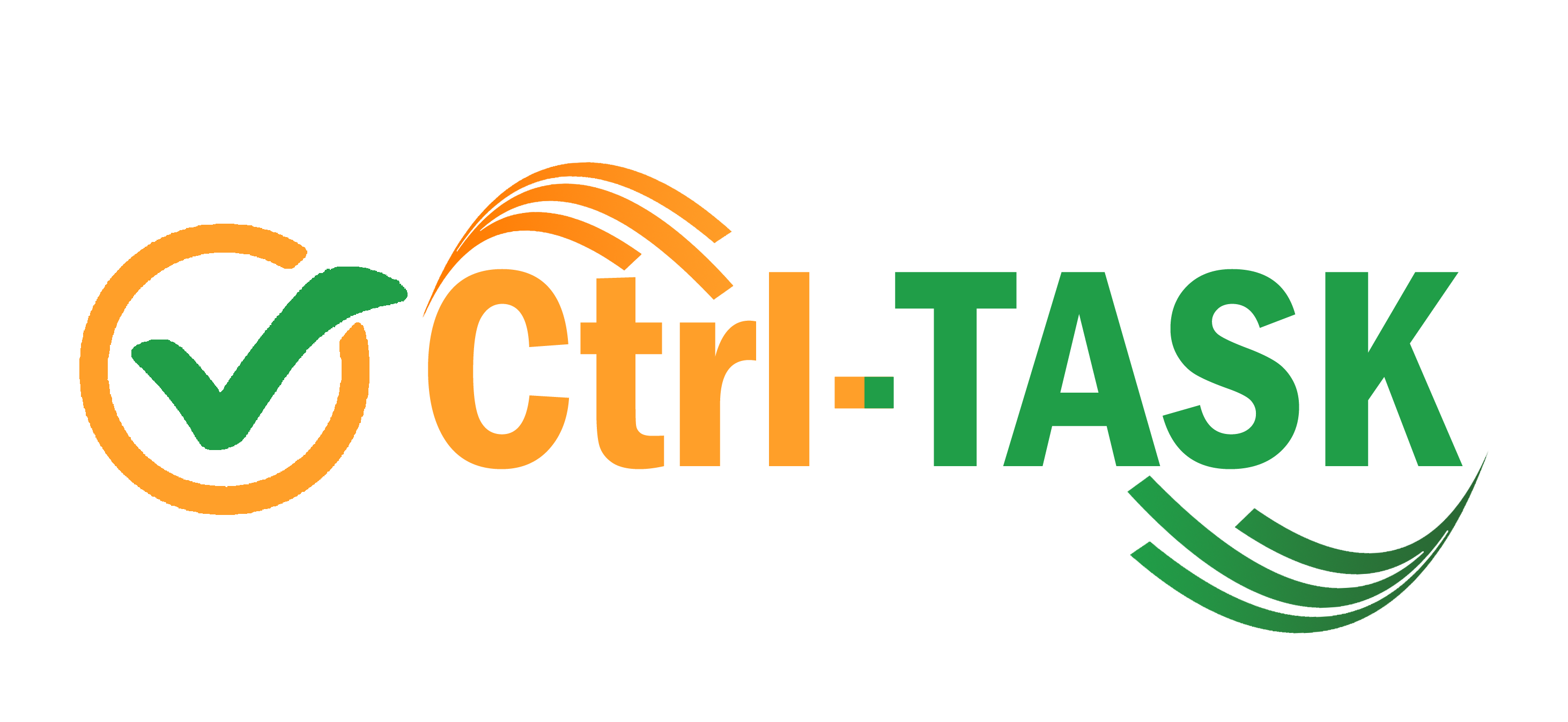Automation
Automation
Ctrl-TASK team provides solutions uniquely empowers the operators to leverage inventory information to plan, engineer, and operate this evolved infrastructure at all stages of the network lifecycle. CT-NPRI Modules provides necessary data models and data in geospatial formats for network planning, design and engineering platform that enhances workflow, reduces errors, improves productivity, and aids network operations. key capabilities enable to model the Telecom inventory lifecycle from planning to de-commissioning and on a high level it includes.
- Support complex multi-vendor environment
- Provide real-time, unified view of services and resource inventory
- Replace existing inventory systems in a phased manner with a smooth and seamless migration of services.
- Flexible – standards-based inventory of services, mapping both logical & physical resources
- Pre-built support for multiple service and technology domains
- Federation framework for cooperation with existing inventory
Managing Business Processes – By providing features for planning and resource management. Examples: business interactions can be used to plan activities such as service fulfilment or equipment build-outs.
Automation helps to capture, store and manage logical and physical (commissioned) inventory information on the Transmission, DDN, NGN, Access NEs, Access Copper, Cable, Trunk, Junction, Metro-E, IP Core, BRAS, MSE, Access Fiber, UPE/NID/IUC, LTE/RAN, SDN/NFV, 5G Network, Data Centers & IoT.
The list of functionalities covered are as follows:
- Physical Inventory Management
- Service Inventory Management
- Resource Planning & capacity Management
- Design & Assign
- Network Topology
- Fiber/Optical Cable Inventory Management
- Mobile Network Inventory Management
- SDN/NFV Federation
- IP Address Management
- Logical Resource Management
- Discovery & Reconciliation
- Number Management
- Reporting
Latest trends in the industry, Operators are looking to reduce paper work and dependency on manpower to get network information and development of automation user-friendly applications on legacy systems are increasing. Operators are trying to accommodate mobiles or TABs to field team. Earlier network information restricted to office staff, now it’s expanding from office staff to field staff to perform regular daily activities of business and operations.
 Office Address :
304/2, Block – 1
White House, Begumpet,
Hyderabad – 500016
Telangana, India.
Office Address :
304/2, Block – 1
White House, Begumpet,
Hyderabad – 500016
Telangana, India.
 +91 9392328595
+91 9392328595
info@ctrl-task.com